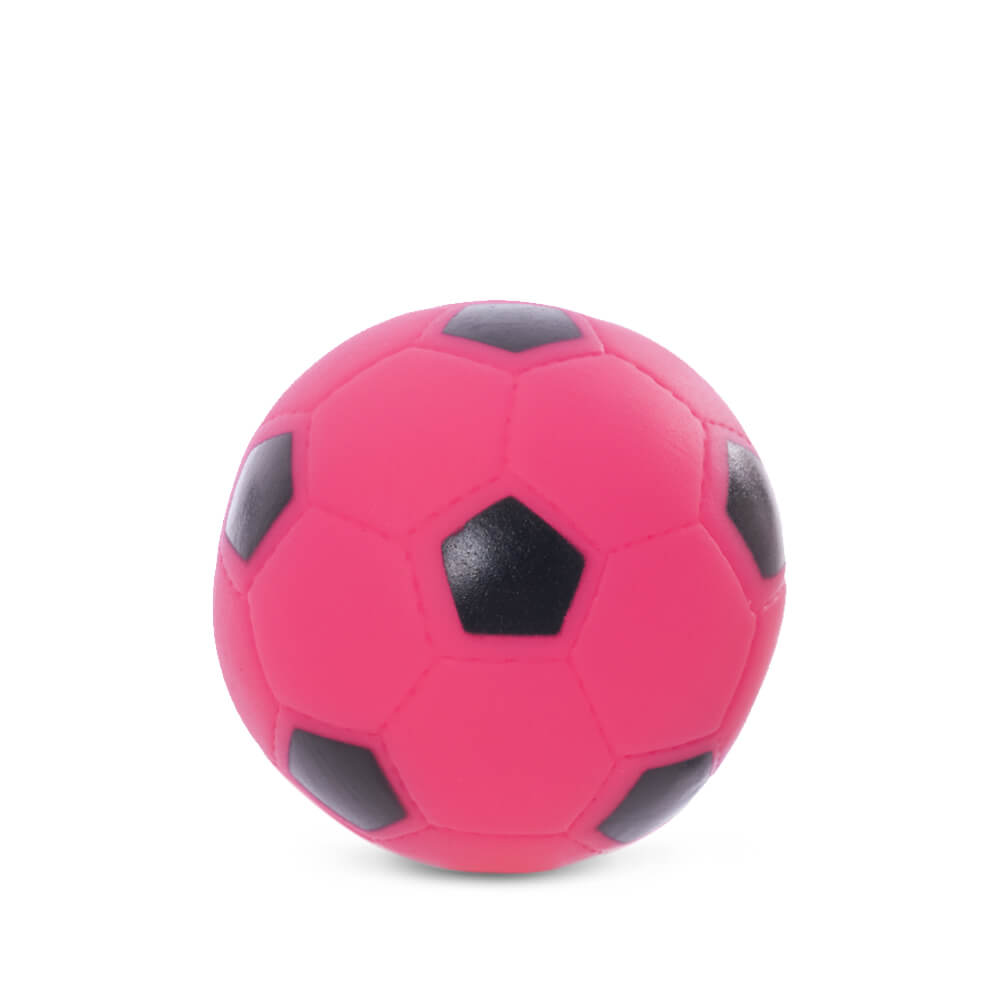
Learn Dutch Through Sports: Listening, Feeling, Understanding
Learning Dutch doesn't always happen with a book in your hand. Sometimes it happens on the couch, when you're watching a football match or a Formula 1 race and suddenly: a few words start to sound familiar. You don't know how, but they stick.
That's the magic of watching and listening at the same time. Sports commentary is full of rhythm, repetition, and emotion, the perfect ingredients for learning a new language in a natural way.
Why sports are great for language learning
Sports commentators don't speak in long, complex sentences. They speak fast, yes, but their words are short, energetic, and full of feeling.
They repeat key phrases again and again: Wat een kans! Daar gaat 'ie! Ongelooflijk!
You start to recognize patterns, tone, and emotion, long before you fully understand every word.
Even better: you're learning real spoken Dutch. Not textbook phrases, but the language people use when they cheer, react, and talk about the match the next day.
Watching Dutch sports: language immersion without pressure
There's no grammar to study, no exercises to complete. You just watch, listen, and let the words flow over you.
If you love Formula 1, the commentary is a perfect blend of clear pronunciation and excitement. Football is full of short, powerful sentences, great for picking up common verbs and expressions.
When you start recognizing words like doelpunt, hoekschop or scheidsrechter, it feels like a small victory. And little victories are what language learning is made of.
Where to watch?
In the Netherlands, Viaplay is one of the easiest ways to access sports coverage with Dutch commentary. You can watch Formula 1, football, and even some Dutch series, all with native-language commentary.
It's not a "study tool", but a real-world experience: Dutch the way people actually speak. You can keep subtitles on for support, or just listen and see how much you understand naturally.
A personal note
As a native Dutch speaker, I've always found it fascinating how much everyday language lives in sports commentary. It's spontaneous, emotional, and full of phrases you don't often hear in textbooks: the kind of Dutch people actually use when they talk to each other.
That's why I often recommend watching a match or two in Dutch, even if you're not a sports fan. The excitement keeps you listening, and before you know it, you'll start to recognize words, tone, and rhythm. It's a simple, joyful way to train your ear, and to feel a bit closer to how Dutch really sounds in daily life.
How to make the most of it
-
Start small. Watch highlights, not full matches.
-
Keep subtitles on (Dutch, not English). You'll match sound to text faster.
-
Repeat phrases aloud. Mimic what you hear: intonation, rhythm, emotion.
-
Don't translate everything. Just listen, notice, and enjoy.
The goal isn't perfection, it's connection. You're training your ear to hear Dutch as it's really spoken.
A few favorite moments to listen for
-
When the commentator shouts En daar is 'ie dan! - "There it is!" - after a goal.
-
The rising tone when something exciting happens: Oei! Wat een kans!
-
The calm analysis after the match: Ze speelden goed, maar het was niet genoeg vandaag.
These phrases stick in your memory, and soon you'll start using them yourself, maybe even outside the stadium.
In short
Learning Dutch through sports is fun, relaxed, and surprisingly effective.
It turns passive listening into real progress: one match at a time.
So next time there's a race or a football game on, put it on in Dutch. You might come for the excitement, but you'll stay for the language.
